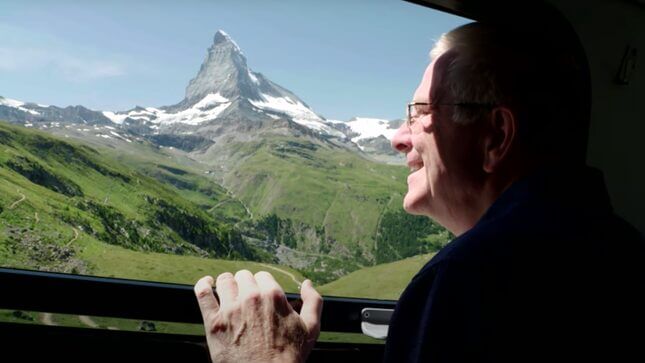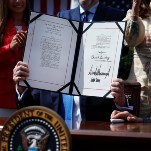

I don’t historically enjoy binge watching. Rapidly consuming television, movies, YouTube videos, TikToks, whatever else, is simply a mechanism to kill time. It’s mindless, easy entertainment for a year where actually partaking in the basic rituals of my pre-pandemic life runs the risk of illness or even death. But in a year of feeling isolated and stuck in my apartment, my personal affinity for traveling to a new place taken away from me, one show I can recommend in good faith is Rick Steves’ Europe. It’s a PBS travel show in which host Rick Steves traverses across Europe, mostly alone save for energetic locals at his destination, detailing his adventures with the familiarity of a home movie and the expertise of a documentarian. Think of it as obvious distraction from the constricting walls of your bedroom—I do.
For the uninitiated: Rick Steves is a 65-year-old travel writer, television personality and cannabis legalization and reform policy activist. He’s a sweet boomer man who has made a name for himself with travel guides, both in the book format and in his wildly popular PBS series Rick Steves’ Europe, a family-friendly program that has existed in some variation since the early 1990s. Though travel programming has become extremely dynamic (and largely food-centric, which Steves touches upon but doesn’t dive deep; it’s not his expertise) in the last few years, Steves became famous decades ago by suggesting his audience explore less touristy destinations like Greece’s Peloponnese beyond Olympia or Denmark beyond Copenhagen—and barring that, finding the obscure, lesser traversed charms of cities traditionally littered with Coach bus and cruise line clientele.
-

-

-

-

-

-

-

-

-

-

-

-

-

-

-

-

-

-

-

-

-

-

-

-

-

-

-

-

-

-

-

-

-

-

-

-

-

-

-

-








































